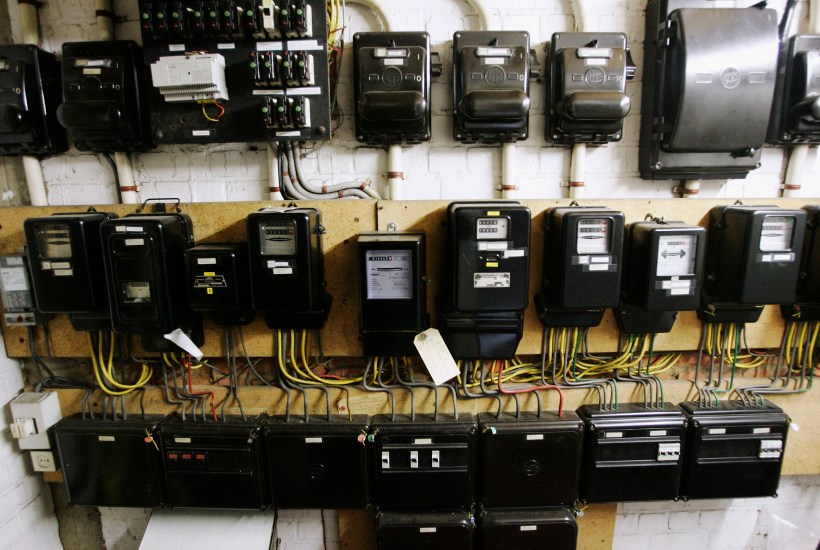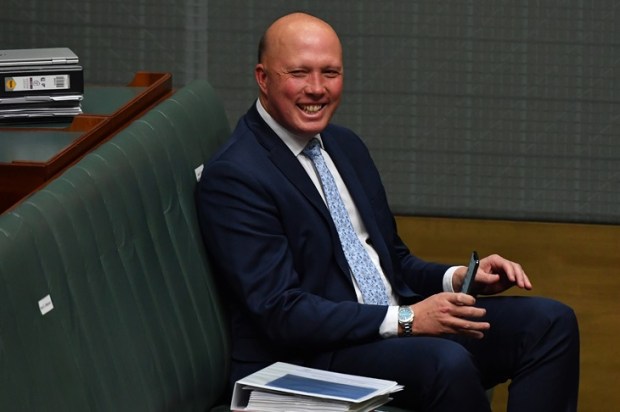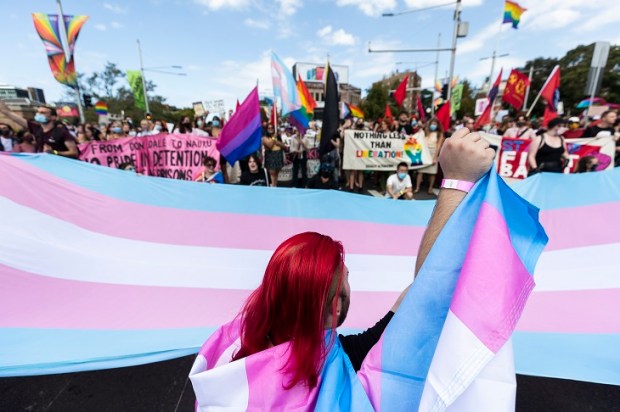One of the under-reported stories to come out of last week was Greens leader Richard Di Natale’s address at the National Press Club on Wednesday. The speech was typical of a party that appears to be focusing ever more on far-left politicking, and ever less on issues of tangible environmental protection.
The most eyebrow-raising policy pronouncements were to do with the Greens ‘direction’ for the economic future of the nation. Di Natale advocated for the establishment of far-reaching government interests in many spheres of the economy. The Greens radical nationalisation agenda would see state players introduced into a vast array of fields such as banking, energy, and even aged-care.
The reader shouldn’t be surprised by this approach, however. The Green’s doubling down on radical leftist principles in broadly in line with a worrying trend manifesting itself across the Western world in recent years. From Jeremy Corbyn in the United Kingdom to Podemos in Spain, many new, and often well-supported movements have sprung up that profess support for increased state interference in the marketplace.
Now, don’t get me wrong, there are many things wrong about the modern economy. The Banking Royal Commission, impossibly high inner-city house prices and ever-increasing power bills are all testimony to that; however, it would be wrong to think that direct government involvement in the economy can necessarily solve these issues.
This debate has run before and should have been settled not long after the fall of the Berlin Wall. Not only is the all-important incentive to make profit removed if a company is state-run, but history should also serve a reminder of the inherent corruption and waste that government businesses engender, and the sclerotic bureaucracy and inexorable union power that they help foster.
That aside, what was most intriguing about Di Natale’s address was the proposal for a state-run energy company, Power Australia, that would… wait for it, source power entirely from renewable sources. Both state intervention in the economy and renewables, could you think of a more Greens policy?
While renewables shouldn’t be dismissed out of hand, and do at least offer promise for energy generation in the future, there are a number of issues that can be raised with Di Natale’s proposal.
For one, there is the obvious issue of financial viability. Using only renewables, Power Australia would supposedly deliver energy close to the combined wholesale and network price, and somehow save the average family $200 a year on power bills with no ongoing cost to the taxpayer. On the surface, this sounds like killing all possible birds with one eco-friendly stone, but is it actually possible?
The simple answer to that question is no. When talking about marginal cost (the cost of generating energy from already established sources) coal, for example, is approximately twice as cheap as wind. While the new-build price for both power sources (factoring in the cost of constructing new power stations and wind farms) is approximately the same, this fact discredits Di Natale’s implied assertion that his state-run, renewable-only power company would cause a nigh on immediate reduction in people’s power prices while not running at a loss.
Moreover, recent history should also pour scorn on the Green’s proposal. South Australia’s experience of generating electricity from solar, wind and the like has resulted in anything but lower power prices. The state has the largest uptake of renewables of any in Australia but has the highest power prices in the world. You go figure with the rest and see if you come to a $200 a year saving for the average family.
Speaking of South Australia, it’s hard to contemplate the Power Australia proposal without thinking about power reliability. With no fossil fuel power generation and a heavy reliance on wind and solar (at a time when battery systems are not yet advanced enough to provide reliable back up when the wind isn’t blowing and the sun isn’t shining), reliability is a huge hole in Di Natale’s proposal. With the Australian Energy Market Operator also pushing for the maintenance of coal-fired power stations for fear of increased risk of frequent blackouts, it’s reasonable to assume that consumers aren’t going to be too excited by the prospect of extended power outages and switch to Power Australia.
In all fairness to the Green’s leader, he is correct in saying that a decent proportion of power bills go towards advertising costs and that Power Australia could save money in this area. However, here Di Natale appears to have no idea of the reality of setting up a power company. Does he honestly think that this endeavour is viable or sustainable without substantial initial and ongoing advertising of its own? If Power Australia is going to compete in the marketplace, it would struggle for customers without any promotion. Add to this the other substantial costs of physically setting up a company of this size and nature, the offices, the hiring of staff and the construction of the wind and solar farms. So far Di Natale has also been more than a touch vague on where the fancifully low figure of $85 million supposedly needed to get the project up and running would be found. I wonder why…
Overall, Power Australia seems likely to fail, if it were ever to be attempted at all. With questionable economic reasoning and substantial and largely unconsidered set-up costs, fiscal tragedy awaits this proposal. Of course, as a state-run company, the bill for the failings of Di Natale’s pipe-dream would fall squarely on you; the taxpayer.
But why do the sub-adolescent ravings of a far-left minor party matter to us I hear you ask? Well, if the next election yields a Labor minority government, which isn’t too far-fetched a notion, then Di Natale could be the leader of a party in a coalition running the country. That’s a harrowing thought that would make any sensible individual reach into a running fridge for a nice cold beer; while they still can, that is.
Got something to add? Join the discussion and comment below.
Got something to add? Join the discussion and comment below.
Get 10 issues for just $10
Subscribe to The Spectator Australia today for the next 10 magazine issues, plus full online access, for just $10.


























Comments
Don't miss out
Join the conversation with other Spectator Australia readers. Subscribe to leave a comment.
SUBSCRIBEAlready a subscriber? Log in